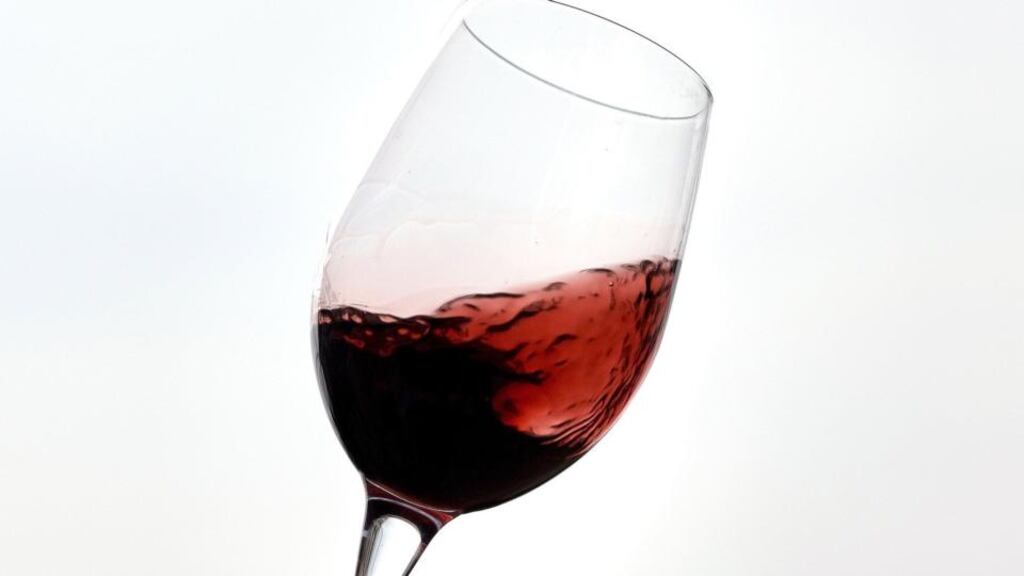The word “mineral” has undergone dramatic changes in my lifetime. Not in the scientific sense, of course – that has stayed the same. I mean instead the way the word is applied to drinks.
When I was growing up, a mineral was a bottle of something sugar-filled and fizzy. I still use it in this sense sometimes, mainly to embarrass my children. But it’s a self-conscious thing now. When I call, say, Coke a mineral, I’m performing as a sort of tribute-band version of my younger self.
There was another phase, after it stopped meaning that, when “mineral” referred exclusively to water – the meaning that also underlay its soft-drink use. But in that case it always had to have the word “water” attached.
And it was a bit redundant for the Ballygowans and Tipperarys, since the stuff is all supposed to have minerals. So in more recent times, the m-word has gone upmarket, to be employed almost exclusively by the wine industry.
You will often hear now about wines having a “crisp mineral finish”. Or critics will speak about a brand’s unique “minerality”. Yet the popularity of these terms does not seem to be matched by an understanding of what, if anything, they mean.
The common thread is acidity. But “mineral” is used to suggest much more than that. The implication, tacit or otherwise, is that you can taste the geology of the area where the drink was produced. Thus the more hard-necked critics will speak of wines that have “flavours of slate”, or of “flint”, or “limestone”.
There are similar presumptions underlying another vague but popular term, terroir. The idea is that in consuming a wine, you’re also getting a bit of the region it came from, literally. And this is an attractive idea.
Unfortunately, according to geologists, it's also nonsense. In the latest issue of New Scientist, the suggestion that you could taste minerals from the soil is dismissed as "absolute rubbish". With odd exceptions such as sodium chloride – irrelevant in the context – minerals have no taste.
As for wine having the flavour of slate, the most geologists will allow is a very limited sensory perception. “If you lick a slate, it has no flavour,” one confirmed, “but it does leave you with a dry feel.” In fact, the magazine concluded, bacteria are a more likely influence on regional flavours. But try romanticising that on wine labels.
I had minerality on the brain in Breffni Park on Sunday, where alas, speaking of crisp mineral finishes, there was no Cavan Cola on sale.
The drink was a regional classic during my Monaghan childhood, before going national for a period in the 1990s. With the help of those marketing geniuses Bernice Harrison was writing about here on Monday, people might have wanted to buy the world a Cavan Cola, eventually. Instead, it was phased out around the turn of the century.
I’d like to claim its unique taste reflected the local terroir in some way. But my main memory of it is that, if anything, it was even sweeter than Coke or Pepsi. So extra sugar may have been the key element, along with a hint of liquorice, which is not a plant native to the region.
In any case, I could have done with a bottle midway through the second half of Sunday’s football match, because by then, as a Monaghan supporter, my throat was as dry as if I’d been licking rocks all afternoon.
The intense minerality of the Cavan defence did not include anything as porous as limestone. Its dominant flavours were slate, flint, and granite. And it was arranged in a tight drumlin-like formation, so that any attempts to get through it were by narrow winding roads, without signposts, where it was very easy to get lost or end up back where you started.
Meanwhile, at the opposite end, Cavan’s provocatively named full-forward (Michael Argue) and others had done enough to open a four-point lead. So it looked bleak for the visitors. But like hard-working wine-makers, Monaghan pressed and pressed and eventually produced a small harvest of champagne football (some of it from the vintage labels, including Chateau Dick Clerkin 1982) to allow us celebrate.
Still, it was an uncomfortable afternoon, as visits to Breffni always are. The temptation to comfort-eat persisted right to the end. And that, by the way, is what we used to mean by a “crisp mineral finish”, when you faced the final moments of a stressful experience with a sugary drink in one hand and a bag of Tayto in the other.
@FrankmcnallyIT

